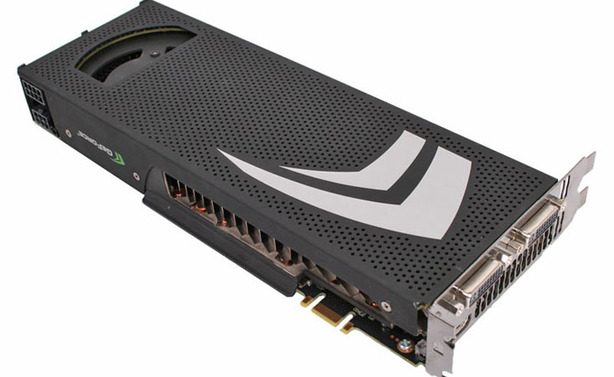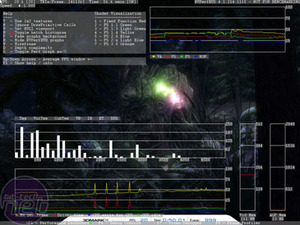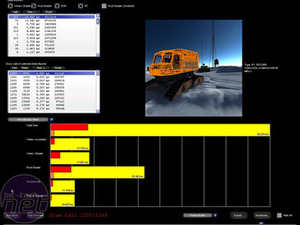
But GeForce is still strong...
Although Nvidia’s overall market share dropped in the last quarter to 29.2 per cent from 31.1 per cent in the first quarter, this was mostly a result of poor performance in the discrete laptop market, where consumer and OEM confidence is at a low point. Its desktop market share continues to remain strong.Market share isn’t suffering in this part of Nvidia’s business, despite intense competition from the ATI Radeon HD 4000 series. It’s fair to say this is down to years of work, as Nvidia has built up a very strong brand for GeForce.
What has helped Nvidia here is its decision to adopt a rebranding strategy. Most of the volume in the graphics card market isn’t from high-end products such as the GeForce GTX 295, or GeForce GTX 260 for that matter. It’s more about those products in the sub-£100 bracket.
Since its research and development costs have been massively reduced in this segment, it has been able to capitalise by using die-shrunk versions of GPUs that were first released in 2007 and 2008. This has made up for its die size disadvantage at the high end, where the RV770 die is about half the size of a 55nm GT200b die, meaning it’ll cost roughly half as much to manufacture (as the cost of a 300mm wafer on a given manufacturing process is fixed).

Nvidia's GeForce GTX 295
Most gamers don’t know that Nvidia has been effectively re-branding existing products, but they do believe they need a GeForce to make their games work great. And, what’s more, they’re more familiar with GeForce than they are with competing brands.
Nvidia’s marketing efforts and branding strategies have worked in this respect – a lot of that is down to its The Way It’s Meant To Be Played developer relations programme. What do you see when you start a game that’s part of TWIMTBP? You see a GeForce logo, adding to the familiarity of the brand.
The Way It’s Meant To Be Played is about more than just marketing though. The millions of dollars a year that Nvidia invests in supporting developers with on-site engineers gives game devs an intricate knowledge of Nvidia’s GPU technology. Having spent time speaking to many members of Nvidia’s developer relations team, it’s clear that they’re not interested in the ongoing battle for supremacy between ATI and Nvidia – they are there to help developers make better games with better looking graphics.


NVPerfHUD in action
Nvidia’s toolset which it provides to developers is excellent and it provides them for free, despite a hefty maintenance bill that runs into millions of dollars a year. Applications such as NVPerfHUD and FX Composer help game developers to really understand and optimise their code.
Let’s not forget Nvidia's Game Test Labs in Moscow, either. Speaking to many of the developers who work with Nvidia (or have worked with the company in the past), this is a valuable resource that can quash many of the bugs as it runs any build of a game through 250 different configurations, giving the developer a full report listing per-GPU optimisations that can be made. This is free to any development studio that is part of TWIMTBP.

MSI MPG Velox 100R Chassis Review
October 14 2021 | 15:04








Want to comment? Please log in.